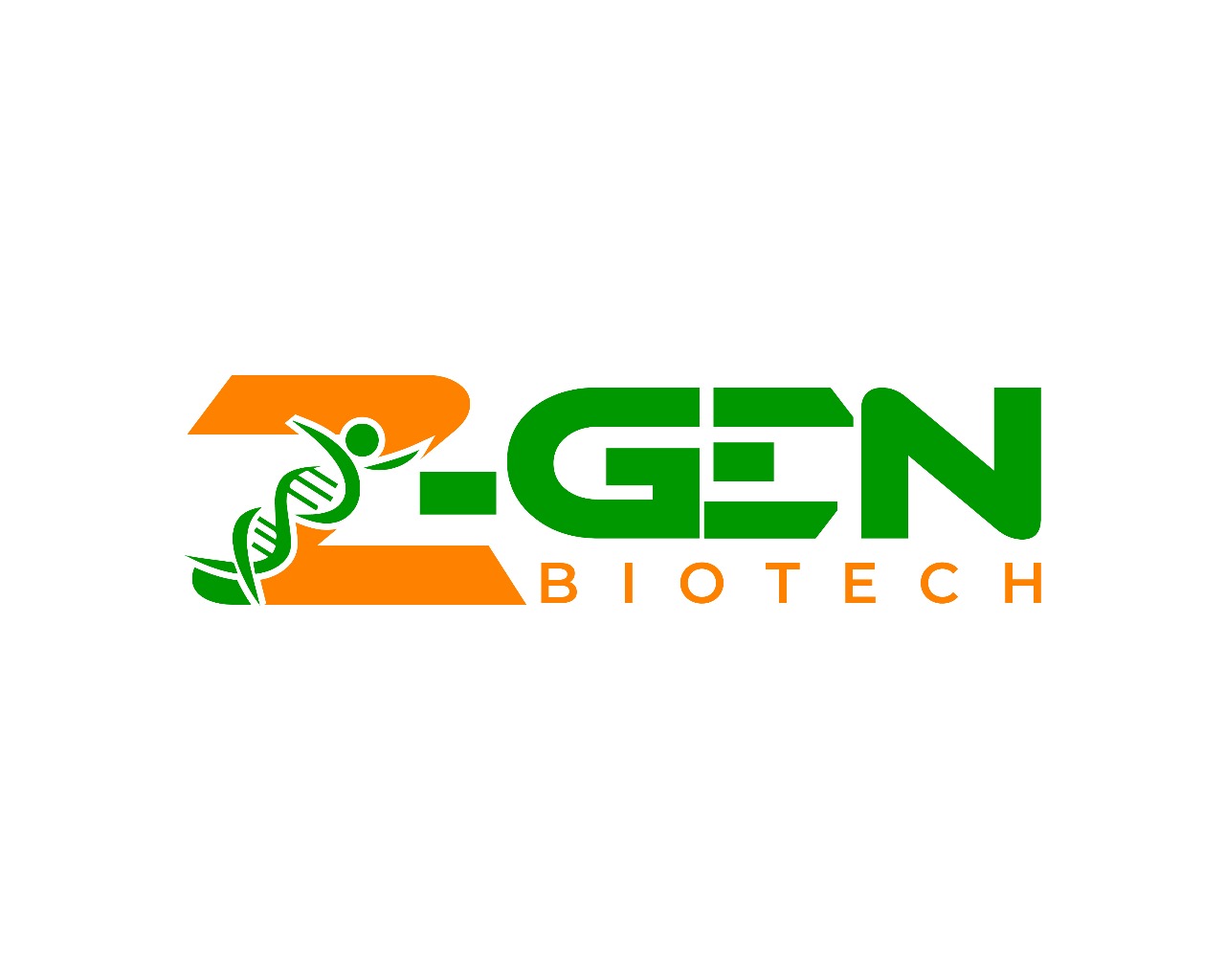Enzymes (R&D System & Bio-techne, USA)
Enzymes are biological catalysts that speed up chemical reactions in living organisms. They are essential for sustaining life by facilitating metabolic processes that would otherwise occur too slowly to support cellular function. Below is a summary of key points about enzymes:
Structure
- Proteins: Most enzymes are proteins, composed of long chains of amino acids folded into a specific three-dimensional shape.
- Active Site: The region of the enzyme where substrate molecules bind and undergo a chemical reaction.
- Specificity: Each enzyme typically works with a specific substrate due to the complementary shape of the active site.
Function
- Catalysis: Enzymes lower the activation energy needed for a reaction, making it proceed faster.
- Reusability: Enzymes are not consumed in the reaction and can be reused multiple times.
- Reaction Types:
- Catabolic: Breaking down molecules (e.g., digestion).
- Anabolic: Building up molecules (e.g., protein synthesis).
Factors Affecting Enzyme Activity
- Temperature: Enzymes have an optimal temperature. Too high or low can denature the enzyme or slow its activity.
- pH: Each enzyme works best at a specific pH (e.g., pepsin in stomach acid).
- Substrate Concentration: Increased substrate levels can increase reaction rates until all active sites are occupied.
- Inhibitors: Substances that reduce enzyme activity (e.g., competitive inhibitors block the active site).
Examples
- Amylase: Breaks down starch into sugars.
- Lipase: Breaks down fats into glycerol and fatty acids.
- DNA Polymerase: Facilitates DNA replication.

